Pointe du Hoc is a prominent cliff on the Normandy coast in France, famous for its role in World War II during the D-Day invasion. It’s roughly 30m tall (about 5 stories to add context), and the US Army Rangers scaled it under heavy German fire. It was strategic, because it could fire on both Obama and Utah beaches, which were the two American landing beaches, so disabling it was critical to the Normandy invasion. Today, Pointe du Hoc stands as a reminder of the bravery and sacrifice of those who fought there, with a preserved battlefield, memorials, and breathtaking views of the English Channel.
A mildly interesting side-node: some of the ladders they used to scale the cliff were on loan from the London fire brigade!

One of the many reinforced gun emplacements

Lookout point over the channel

Gun emplacement that was never completed.

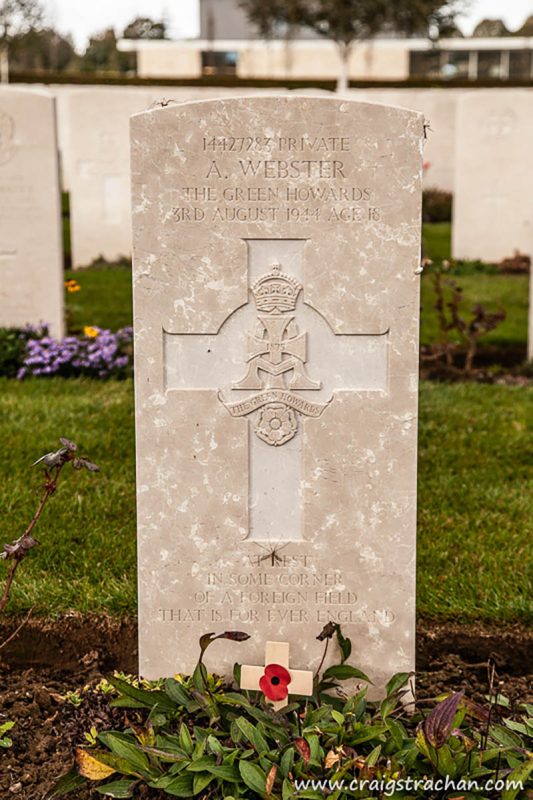
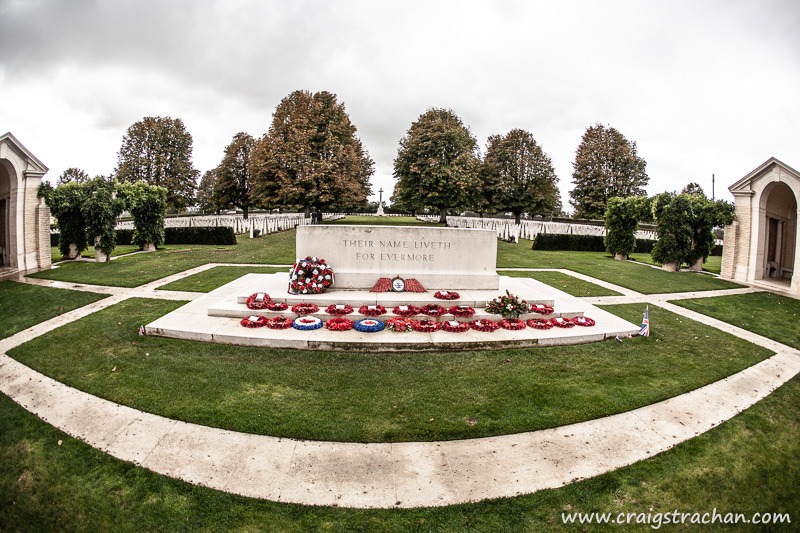
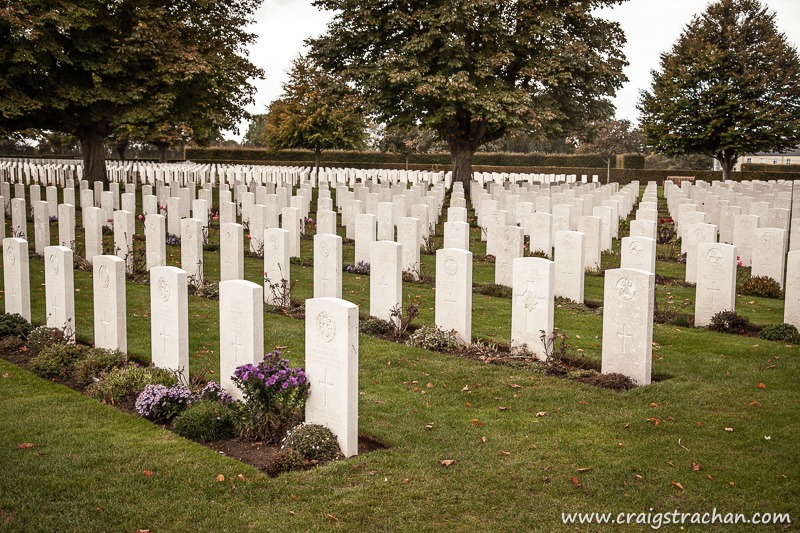
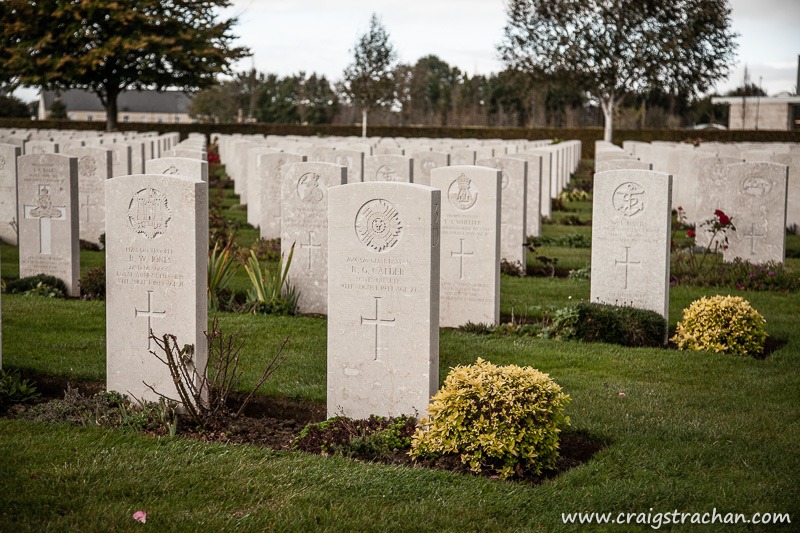
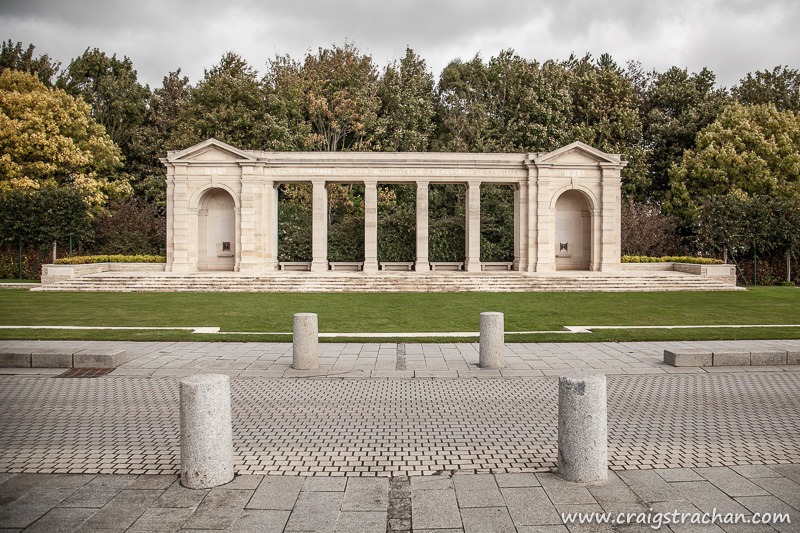






























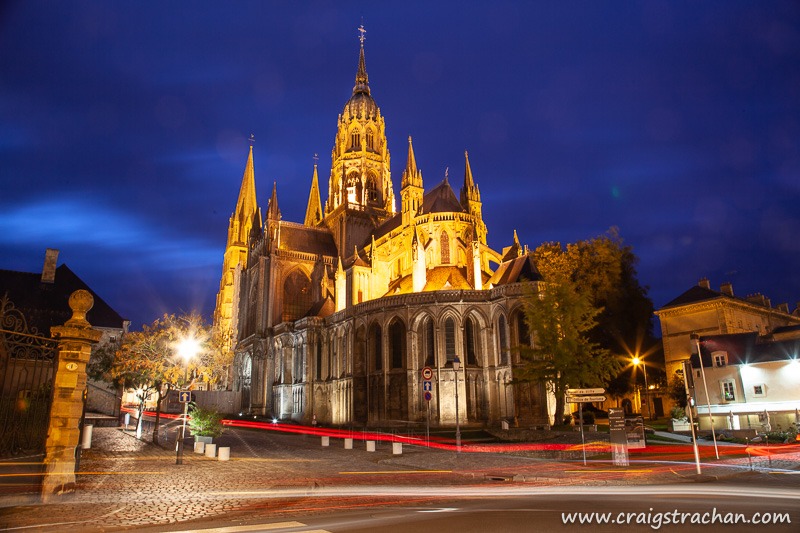
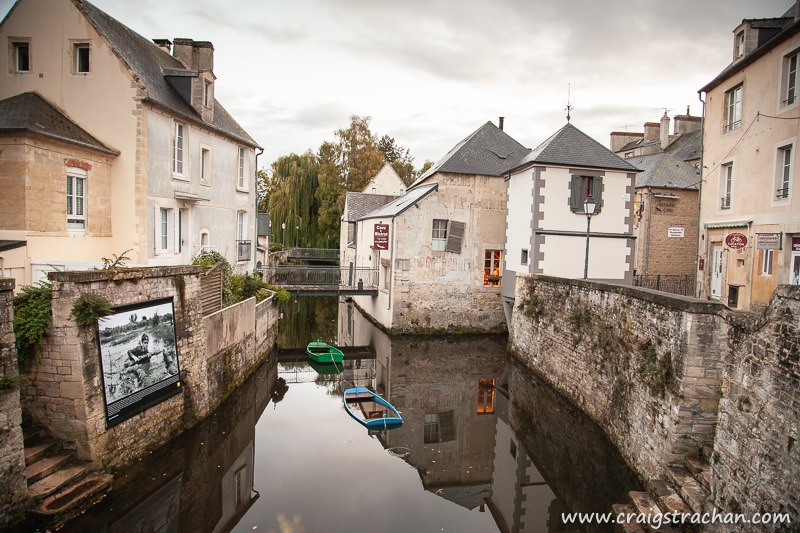
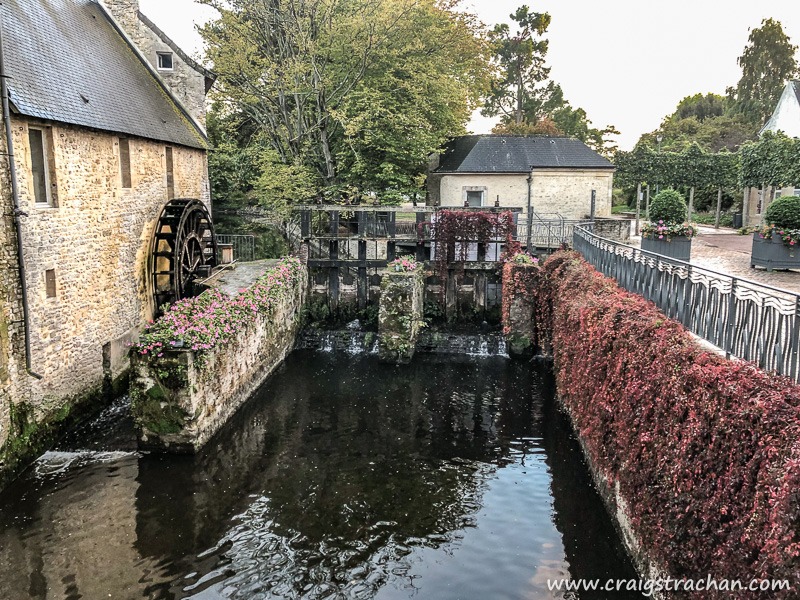
Leave a Comment